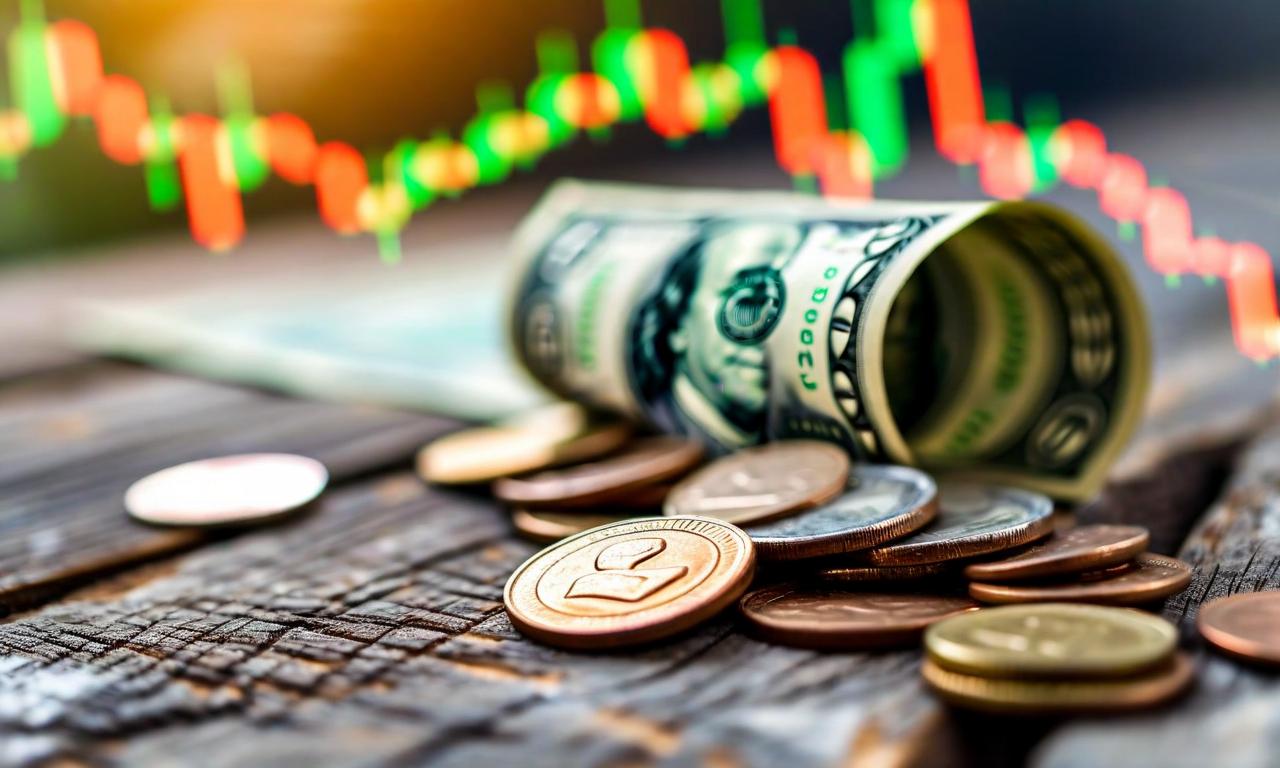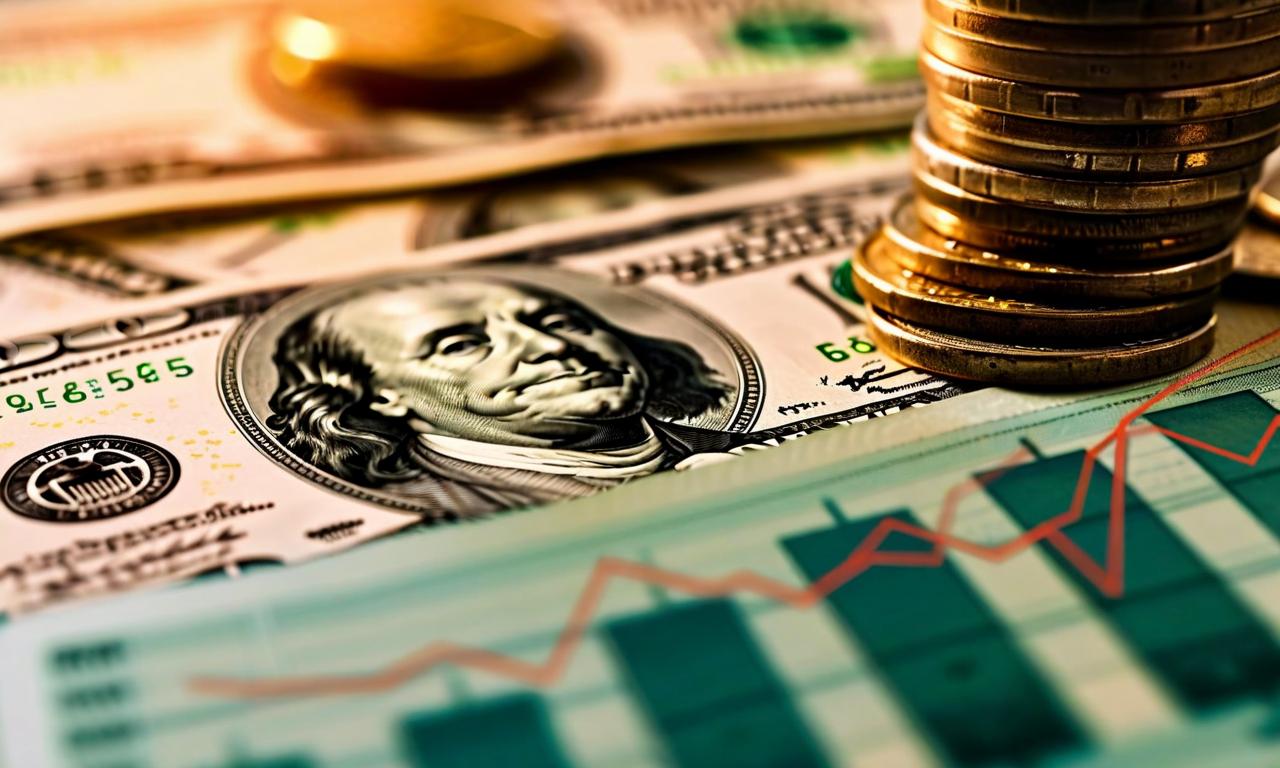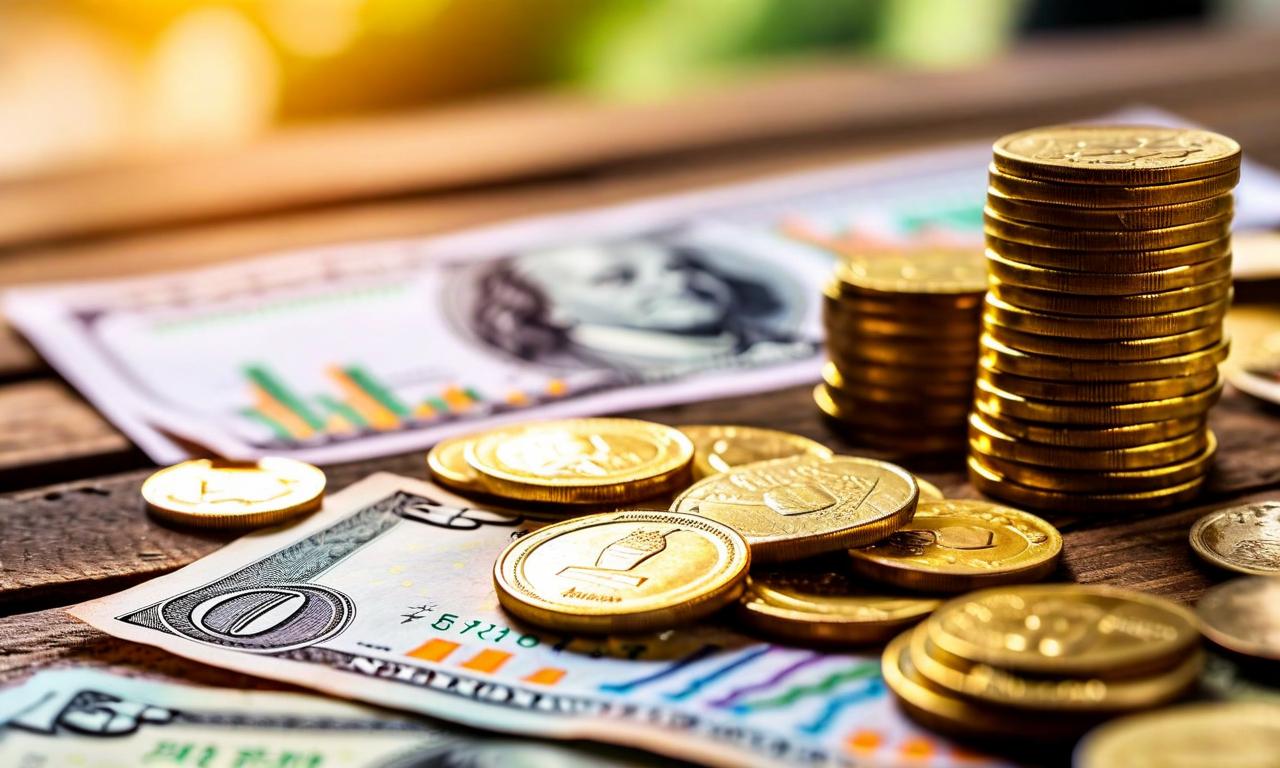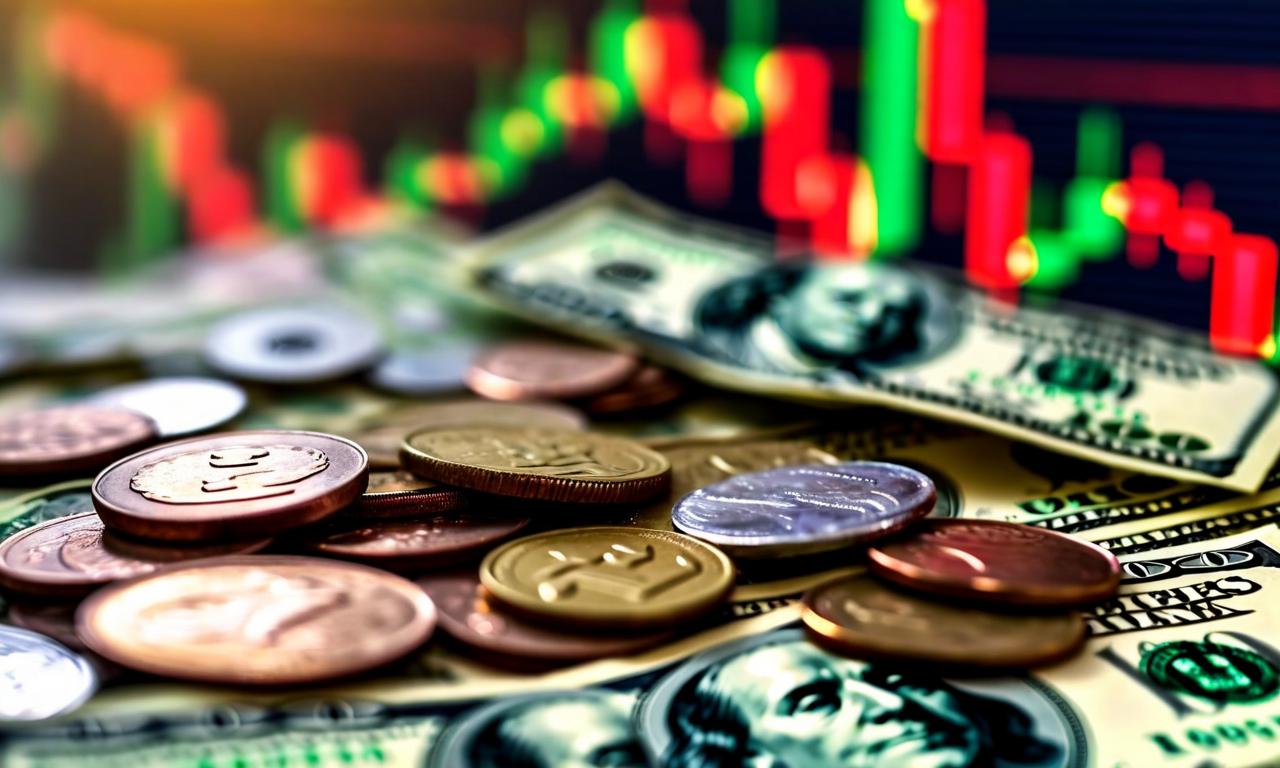Rupee Gains 0.5% on FPI Inflows While Bond Market Faces Severe Stress
The Indian rupee strengthened by 0.50%, becoming the best-performing currency due to foreign portfolio investor (FPI) inflows. This market-driven recovery occurred without Reserve Bank of India intervention. Meanwhile, the bond market faces severe stress with little demand, despite a recent S&P rating upgrade. Banks are experiencing losses in hold-to-maturity portfolios, insurance companies report muted demand for forward purchases, and FPIs have shifted from buyers to sellers of bonds.

*this image is generated using AI for illustrative purposes only.
The Indian rupee strengthened by approximately 0.50% to become the best-performing currency, driven by foreign portfolio investor (FPI) inflows after weeks of outflows. This surge has positioned the rupee as the top performer among its peers.
Rupee Strengthens
- FPIs are selling dollars and buying rupees, causing some long-dollar positions to unwind.
- The Reserve Bank of India has not intervened, making the recovery entirely market-driven.
- Positive sentiment around potential resolution of tariff issues by late August and easier trade with China is supporting the currency.
Bond Market Stress
While the rupee shows strength, the bond market is experiencing severe stress with little demand even before the recent S&P rating upgrade. A temporary rally following the upgrade was short-lived, with sharp sell-offs triggered partly by GST cut announcements.
Factors Contributing to Bond Market Struggles
- Banks are facing losses in their hold-to-maturity portfolios
- Insurance companies report muted demand for forward purchases
- FPIs have turned from buyers to sellers of bonds
The weakness in the bond market is not isolated to India. Global bond markets, including the US, are also witnessing weak demand, leaving the domestic market vulnerable.
Conclusion
This contrasting scenario between the currency and bond markets highlights the complex dynamics at play in India's financial landscape. While the rupee benefits from renewed FPI interest and positive trade sentiments, the bond market grapples with structural challenges and global trends.
Investors and policymakers will be closely monitoring these developments, as they have significant implications for India's economic outlook and financial stability.

















































